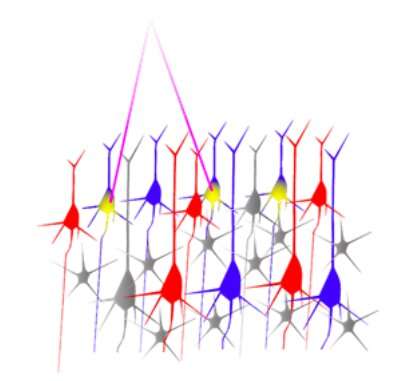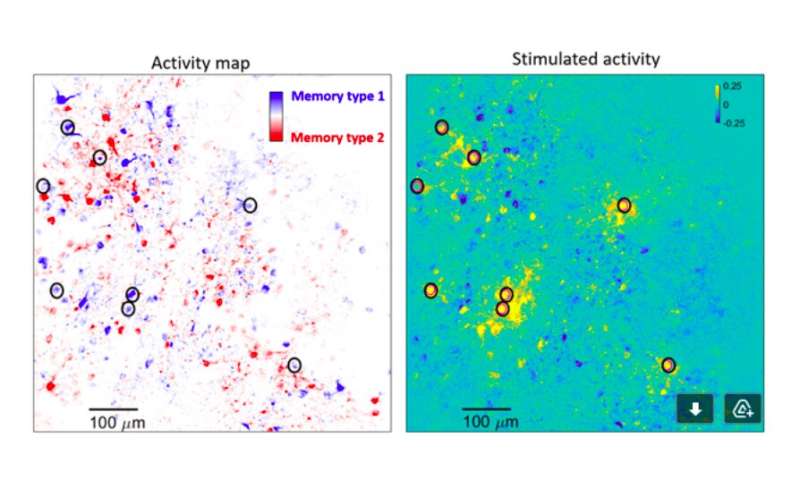
Humans have the innate ability to store important information in their mind for short periods of time, a capability known as short-term memory. Over the past few decades, numerous neuroscientists have tried to understand how neural circuits store short-term memories, as this could lead to approaches to assist individuals whose memory is failing and help to devise memory enhancing interventions.
Researchers at Stanford and the Janelia Research Campus, Howard Hughes Medical Institute have recently identified neural circuit motifs involved in how humans store short-term memories. Their findings, published in Nature Neuroscience, suggest that memory-related neural circuits contain recurrently connected modules that independently maintain selective and continuous activity.
“Short-term memories are of approximately 10 seconds or so, for example, if you needed to remember a phone number while you looked for a pen to write the number,” Kayvon Daie, one of the researchers who carried out the study, told Medical Xpress. “Individual neurons, however, are very forgetful, as they can only remember their inputs for about 10 milliseconds. It has been hypothesized that if two forgetful neurons were connected to each other, they could continuously remind each other of what they were supposed to remember so that the circuit can now hold information for many seconds.”
The primary objective of the study carried out by Daie and his colleagues Karel Svoboda and Shaul Druckmann was to understand how neurons encode short-term memories. For instance, they wanted to determine whether two neurons connected with each other exchange information that humans are trying to remember, allowing a neural circuit to store this information for several seconds. The researchers tested this idea by measuring the interactions between different neurons.
While the idea that neurons storing memories are connected has been around for some time now, testing it experimentally has proved fairly challenging. To test it, researchers would first need to identify neurons that store memories and then measure their connectivity. To do this, Daie and his colleagues employed recently developed methods that allow scientists to record and manipulate neuronal activity with high levels of precision using light.
“Using a series of recently developed techniques, we could activate specific neurons and then observe how those neurons influence the rest of the circuit,” Daie said. “Our prediction was: if we stimulate a memory neuron, we should see increased activity in neighboring memory neurons.”

The experimental observations gathered by Daie and his colleagues were aligned with their predictions. In addition to confirming that memory neurons are connected to each other, their findings suggest that they are organized in clusters.
“We found that neurons tended to be connected in clusters,” Druckmann said. “This means that the circuit was composed of many independent clusters, or modules, that were each able to store short-term memories independently. We hypothesize that such a circuit architecture could be useful to making memory storage more reliable.”
In their experiments, Daie and his colleagues only activated groups of 8 neurons within a circuit composed of 100,000 neurons. Nonetheless, the researchers found that activating these groups of neurons still caused changes in the animals’ behavior.
“Essentially, we were able to modify the mouse’s short-term memory by activating a tiny fraction of the mouse’s neurons,” Daie said. “We also found that there was a counterintuitive relationship between the activity of the stimulated neurons and the animals’ behavior.”
The recent study carried out by this team of researchers offers new valuable insight about the role of neural circuit motifs in short-term memory processes. In their future studies, Daie and his colleagues would like to identify ways to predict what memories will be altered when specific neurons are activated. In addition, they plan to explore ways of modifying more complex and elaborate memories.
Source: Read Full Article
